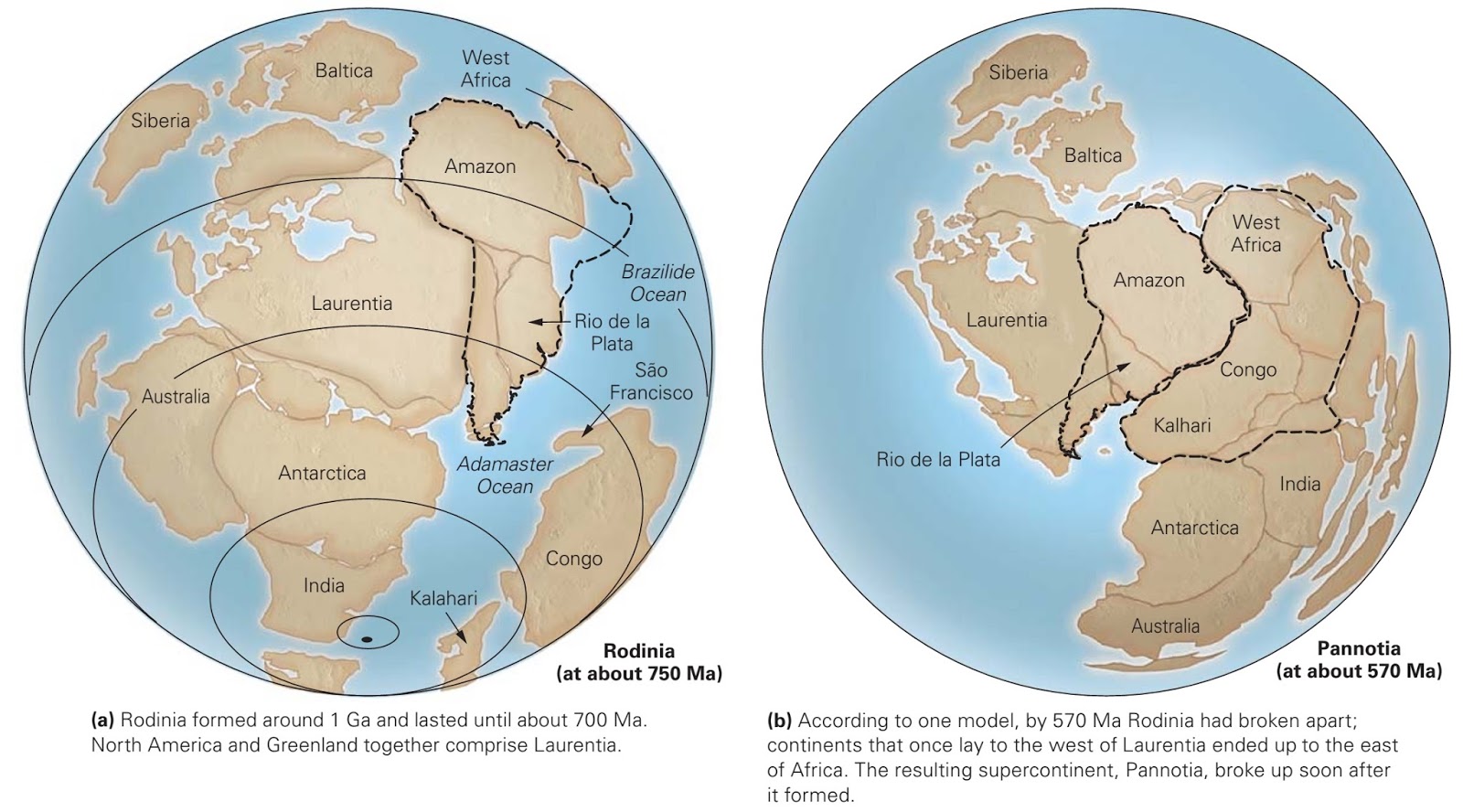The Proterozoic Eon, spanning from about 2.5 billion to 541 million years ago, represents a crucial chapter in Earth's history. This extensive period not only witnessed the emergence of complex life forms but also saw the formation and breakup of one of the planet's most significant supercontinents, Rodinia. Understanding the Proterozoic Eon and the supercontinent named Rodinia is paramount to grasping the geological transformations that shaped the continents we recognize today. During this eon, the Earth's atmosphere underwent significant changes, paving the way for the flourishing of multicellular life. The geological and biological developments during this time have left an indelible mark on the Earth’s evolution, influencing the distribution of landmasses and the biodiversity we see in current ecosystems.
The supercontinent Rodinia, which existed approximately 1.3 billion to 750 million years ago, provides insight into the tectonic activities that helped shape our planet. It is believed that Rodinia was formed through a series of continental collisions, bringing together various landmasses that we now identify as distinct continents. The breakup of Rodinia played a pivotal role in the distribution of continents as we know them today, making it essential to explore the geographical layout of this ancient supercontinent and its significance during the Proterozoic Eon.
By delving into the Proterozoic Eon and the supercontinent named Rodinia, we can better understand not only the geological history of Earth but also the evolution of life and the environmental conditions that prevailed during this time. This exploration leads us to inquire about the specific continents that were once part of Rodinia and how they have shifted over millions of years, ultimately shaping our current world.
What Were the Key Features of the Proterozoic Eon?
The Proterozoic Eon is characterized by several key features that highlight its importance in Earth's history:
- Development of multicellular organisms
- Formation of significant geological structures
- Changes in atmospheric composition, including the rise of oxygen
- Continental drift and the assembly of supercontinents
How Did Rodinia Form?
Rodinia's formation can be attributed to a series of tectonic events that brought together various landmasses. The process involved:
- Continental collision and amalgamation
- Subduction and volcanic activity
- Geological processes that shaped the continental shelf
Where Was Rodinia Located?
Rodinia included several landmasses that are now part of modern continents. The configuration of Rodinia is believed to have included:
- North America
- South America
- Africa
- Europe
- Asia
- Australia
What Continents Were Part of Rodinia?
Geologists have proposed various models to understand the specific continents that comprised Rodinia. The layout is believed to have involved:
- Laurentia (North America)
- Greenland
- Parts of Eastern Europe
- Western Australia
- Parts of South America
How Did Rodinia's Breakup Affect Continental Drift?
The breakup of Rodinia, which began around 750 million years ago, had profound implications for continental drift. The separation of landmasses led to:
- Formation of new oceans and seas
- Increased geological activity and volcanism
- Changes in oceanic currents and climate
What Evidence Supports the Existence of Rodinia?
Evidence for Rodinia's existence comes from various geological and paleontological studies. Key pieces of evidence include:
- Geological similarities across continents
- Fossil records indicating shared organisms
- Magnetic signatures in ancient rocks that indicate past positions of continents
What Role Did Rodinia Play in Earth's Climate History?
Rodinia's formation and subsequent breakup significantly influenced Earth's climate. Some impacts include:
- Changes in ocean circulation patterns
- Effects on weathering and erosion cycles
- Influence on greenhouse gas concentrations
What Can We Learn from the Proterozoic Eon and Rodinia Today?
Studying the Proterozoic Eon and the supercontinent named Rodinia allows us to understand Earth's geological history and the evolution of life. Lessons learned include:
- The importance of tectonic processes in shaping continents
- Understanding past climate changes informs current climate models
- Insights into the evolution of life can guide biodiversity conservation efforts
In conclusion, the Proterozoic Eon and the supercontinent named Rodinia are central to understanding the Earth's geological history and the evolution of life. The interplay between continental movements, environmental changes, and biological developments during this time has paved the way for the diverse planet we inhabit today. By comprehensively studying this era, we can glean valuable insights into the processes that continue to shape our world.
You Might Also Like
Unlocking The Secrets To Total Employment Compensation: The Interplay Of Net Pay And Financial Well-BeingUnveiling The Enigma: Miss Alika White
Unveiling The Secrets Of Chrishell's Height And Weight
The Resounding Echoes Of Change: Unpacking The Uprisings In The Arab World By Peter Beaumont
Unleashing The Power Of Solo Leveling: Aniwatch Edition
Article Recommendations


